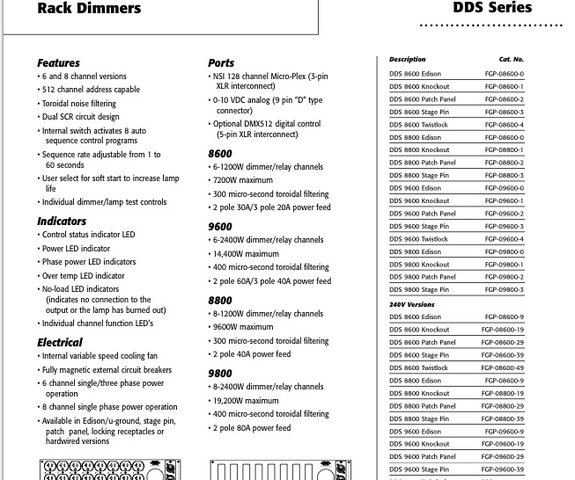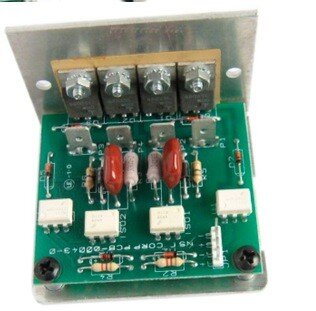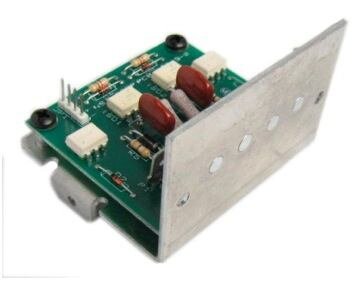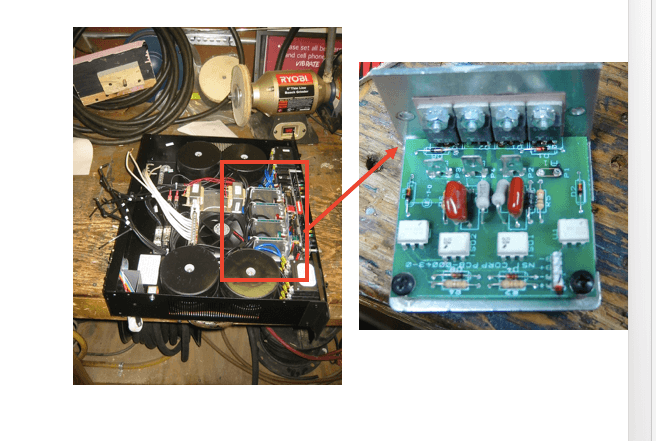I'm working this summer at a small theater (so little budget for parts) and they have some NSI 9800
dimmer packs. One of them has six of the eight dimmers acting a
bit strange. 1-5 will only come up to 50% (5 being a more recent issue), and 7 being burned on. I've found that the issue with 7 is the
TRIAC, but I'm not finding any information about the other five. Has anyone had a similar issue with these dimmers, and if so, is there a way to fix the ones only being at 50% or at least would the TRIACs on the ones at 50% be salvageable?
We still use three 9800 (25 years old) and have one back up. For the burned ones that are always on, it is the double pair
SCR firing cards - there are four in the 9800 - see picture. You have two choices - 1) you can replace the dual
SCR cards that are burned out - an easy fix. You can get the parts here:
http://www.fullcompass.com/prod/205298-Leviton-PC044-N00-000. All you need is a screw
driver and needle nose - Remove the front panel, uplug the card (photo before!), unscrew cars - 20 minutes on the bench. In the attached picture you can see a card where the
terminal was fried off from an over load - yours is from a short - where more typically the
SCR chip is burned.
Or, 2) If you are handy with
circuit boards, you can get the
SCR chips from NSA or digikey (cheap) and solder them in yourself .
One thing, this condition is due to instruments that have a direct short coupled with the aging magnetic
circuit breakers in the 9800. THEREFORE, you must test each
fixture on the bench before plugging it into the
dimmer, or you will repeat the problem. After the last time we had this happened (the light tech tried the same shorted
instrument in three channels in a row - three new cards). We spent the off season rewiring 30 instruments.
For the other issue you may need a replacement main board(I find them on EBAY some times.) Let me know if you want to pursue this - I may have one.
You could also buy a similar NSI 8800 vs 9800 on EBAY - less wattage, but 8 channels and similar service connections, :
http://www.ebay.com/itm/nsi-8800-dimmer-/292129016218?hash=item44043f099a:g:-4gAAOSwurZZJlRb
Good luck on this.






